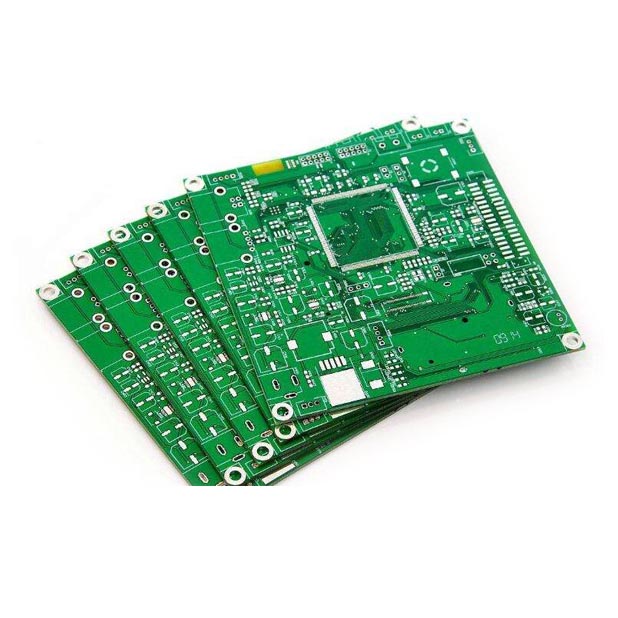How Can Multilayer Aluminum-Based Printed Boards Solve Your Thermal Challenges?
2025-07-10
What Design Advantages Do Multilayer Aluminum-Based Printed Boards Offer?
These advanced PCBs provide engineers with unique design capabilities:
- Ability to place high-power components closer together
- Reduced need for external heat sinks
- Improved electromagnetic interference (EMI) shielding
- Higher current-carrying capacity
- More compact overall system designs

How Many Layers Can Aluminum-Based Boards Realistically Support?
While single-layer aluminum boards are common, modern multilayer aluminum-based printed boards typically support:
- 2-4 layer designs for most power applications
- Up to 6 layers for complex RF designs
- Hybrid constructions combining aluminum and conventional layers
What Material Considerations Are Critical for Performance?
The performance of multilayer aluminum-based printed boards depends on:
- Aluminum alloy selection (6061 vs 5052 grades)
- Dielectric material thermal conductivity
- Copper weight and trace geometry
- Surface finish options (ENIG, OSP, immersion silver)
- Via filling and thermal connection methods
How Do You Test and Verify Aluminum-Based Board Quality?
We employ rigorous testing protocols for our multilayer aluminum-based printed boards:
- Thermal cycling tests (-55°C to +150°C)
- Thermal resistance measurements
- High-voltage breakdown testing
- Microsection analysis for layer integrity
- Solderability and assembly validation
Why Choose Our Multilayer Aluminum-Based Printed Boards?
With over 15 years of specialty PCB manufacturing experience, we deliver:
- Industry-leading thermal performance
- Tight impedance control (+/- 5%)
- Quick-turn prototype services
- UL-certified materials
- Full documentation and testing reports
For high-reliability applications where thermal management is critical, our multilayer aluminum-based printed boards provide the perfect solution. Our engineering support team is available around the clock to help optimize your designs for performance and manufacturability.